US space agency NASA has forecast a recently-spotted asteroid, 2020 SW, for a fly-by on Thursday. It will fly by at an agonising distance of around 17,000 miles – closer than a weather satellite.
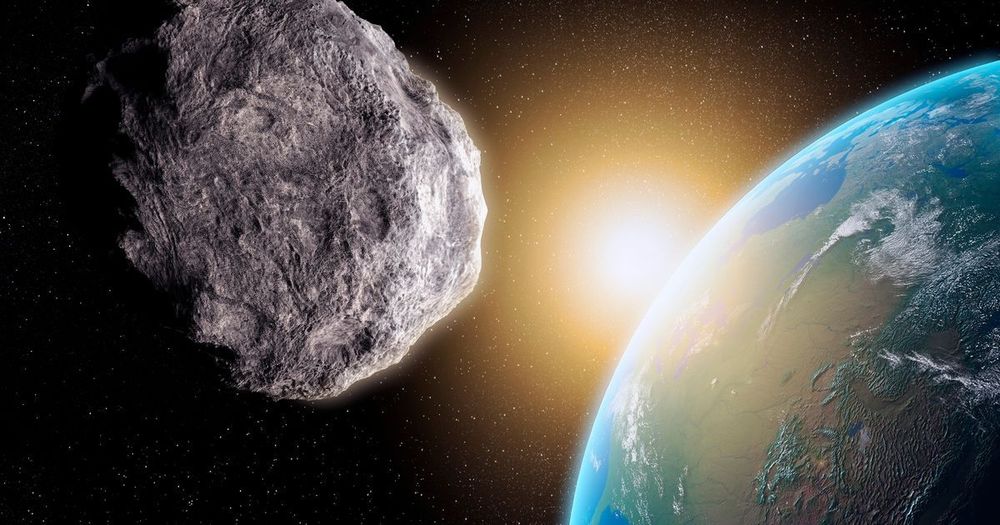

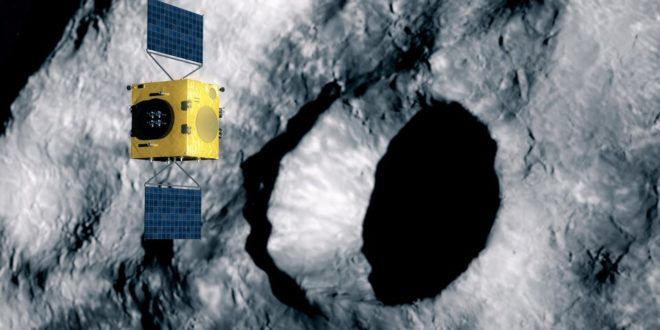
Darmstadt, 15 September 2020. – The European Space Agency (ESA) awarded a €129.4 million contract covering the design, manufacturing and testing of Hera, the space agency’s first mission for planetary defence, ESA announced today.
The contract was signed by Franco Ongaro, ESA Director of Technology, Engineering and Quality, and Marco Fuchs, CEO of Germany space company OHB, prime contractor of the Hera consortium, ESA said today. The signing took place at ESA’s European Space Operations Centre (ESOC) in Darmstadt, Germany, which will serve as mission control for the 2024-launched Hera.
The mission will be Europe’s contribution to an international asteroid deflection effort, set to perform sustained exploration of a double asteroid system, ESA said.
Hera will be, along with NASA’s Double Asteroid Redirect Test (DART) spacecraft, humankind’s first probe to rendezvous with a binary asteroid system, a little understood class making up around 15% of all known asteroids, the agency said.
Hera is the European contribution to an international planetary defence collaboration among European and US scientists called the Asteroid Impact & Deflection Assessment (AIDA).
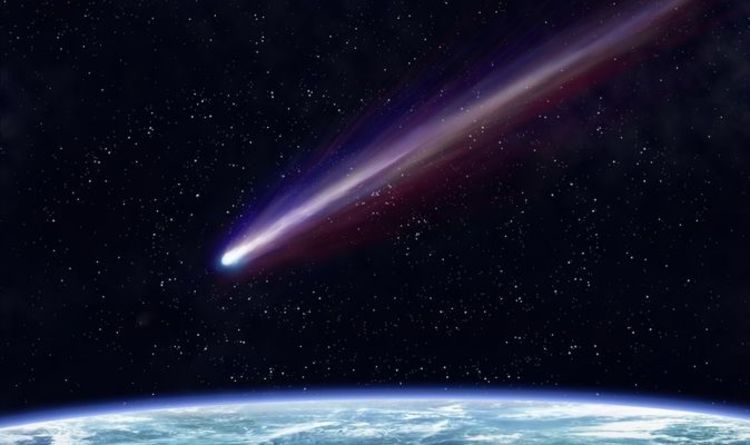
A HUGE meteor streaked in the skies above California, leaving onlookers stunned with one claiming it was “a close call”.

It is reported that the dimensions of the celestial body are from 22 to 49 meters. According to the space agency, at the minimum distance to the planet – about 120 thousand kilometers – the asteroid will come up at 19.12 Moscow time. The asteroid is moving at 8.16 kilometers per second.
Note that the celestial body was discovered on March 2, 2011. It belongs to the group of “Apollo”, that is, asteroids, whose flight paths cross the Earth’s orbit.
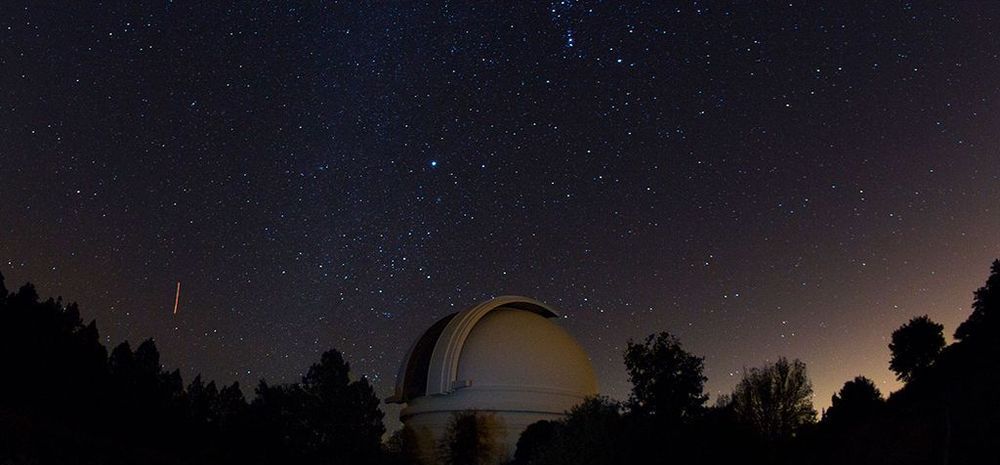
Amid a pandemic, civil unrest and a divisive US election season, we now have an asteroid zooming toward us.
On the day before the presidential vote, no less.
Yep. The celestial object known as 2018VP1 is projected to come close to Earth on November 2, according to the Center for Near Earth Objects Studies at NASA’s Jet Propulsion Laboratory.
As if 2020 hadn’t already thrown enough at us, NASA says an asteroid will come close to Earth on November 2.
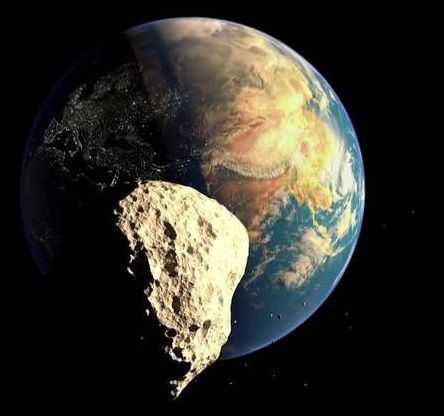
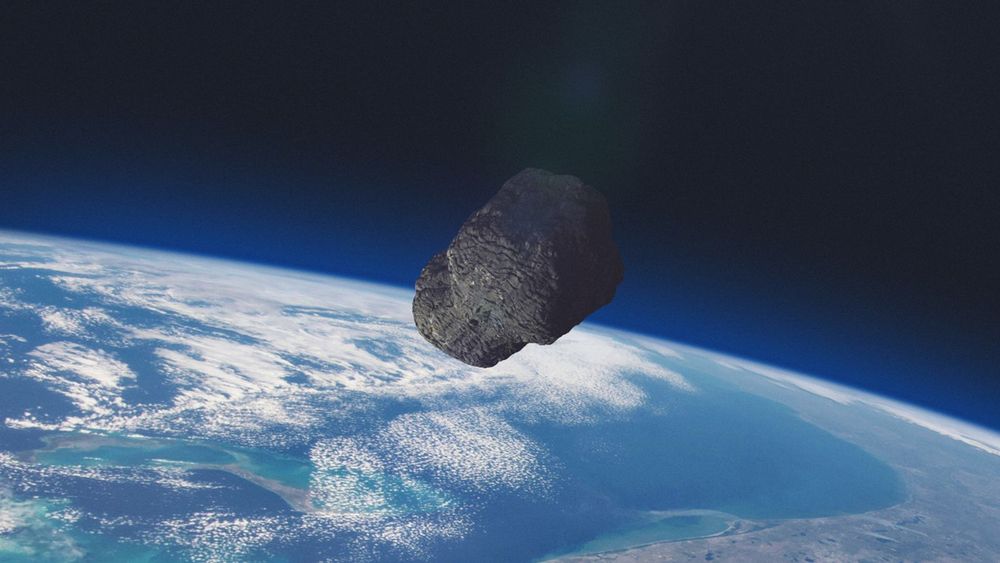
An asteroid the size of a car has flown past Earth closer than any seen before without hitting the planet — and NASA admits: “We didn’t see it coming.”
Known as asteroid 2020 QG, NASA said the space rock passed 1,830 miles (2,950 km) above the southern Indian Ocean on Sunday.
If it had actually been on an impact trajectory, it would likely have become a “fireball” as it broke up in the Earth’s atmosphere, the US space agency said.
A video on Youtube claims a forecast of near-Earth objects (NEOs) shows one of these may hit Earth in November.
On November 2, 2020 an object labeled 2018 VP1″ is currently projected to come very close to Earth. The video is a little off on its math. Even so, Mike Murray of the Delta College Planetarium in Bay City, says don’t worry.
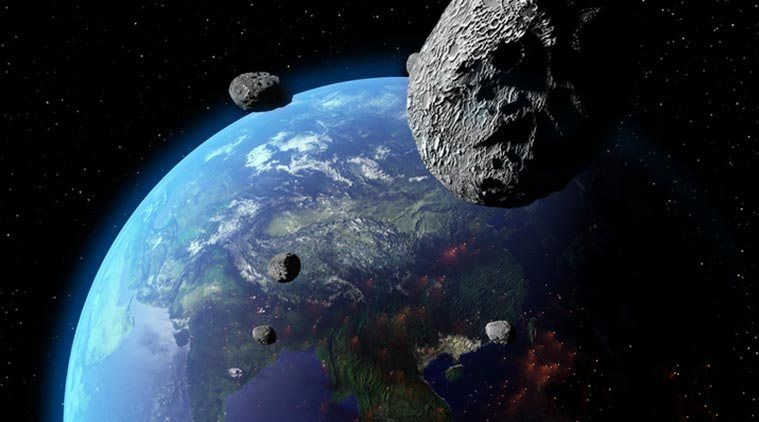
“Potentially Hazardous Asteroids (PHAs) are currently defined based on parameters that measure the asteroid’s potential to make threatening close approaches to the Earth. Specifically, all asteroids with a minimum orbit intersection distance (MOID) of 0.05 au or less are considered PHAs,” NASA said in a statement.
According to NASA, asteroid 2020 ND is about 170 metre-long will be as close as 0.034 astronomical units (5,086,328 kilometres) to our planet. The asteroid is travelling at a great speed of 48,000 kilometres per hour. The distance from the earth is what categories this asteroid as “potentially dangerous”.
2016 DY30 is headed in the direction of Earth at a speed of 54,000 kilometres per hour whereas 2020 ME3 is travelling at 16,000 kilometers per hour. The 2016 DY30 is the smaller asteroid of the two as it is 15 feet wide.